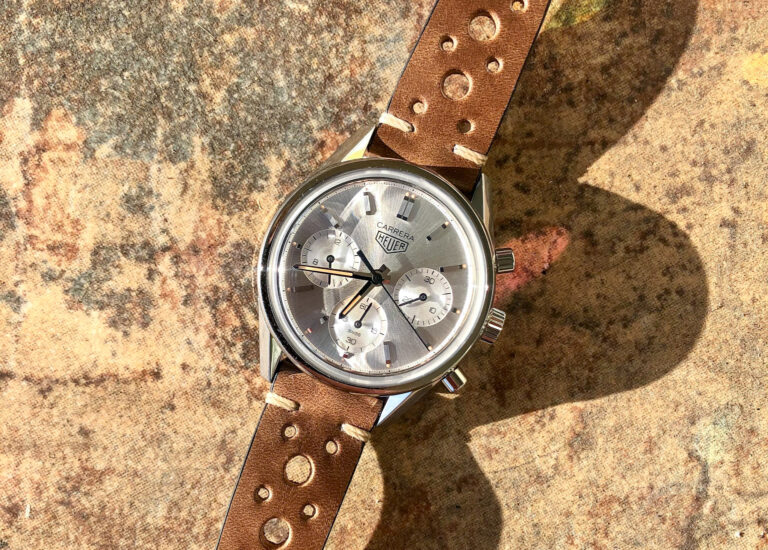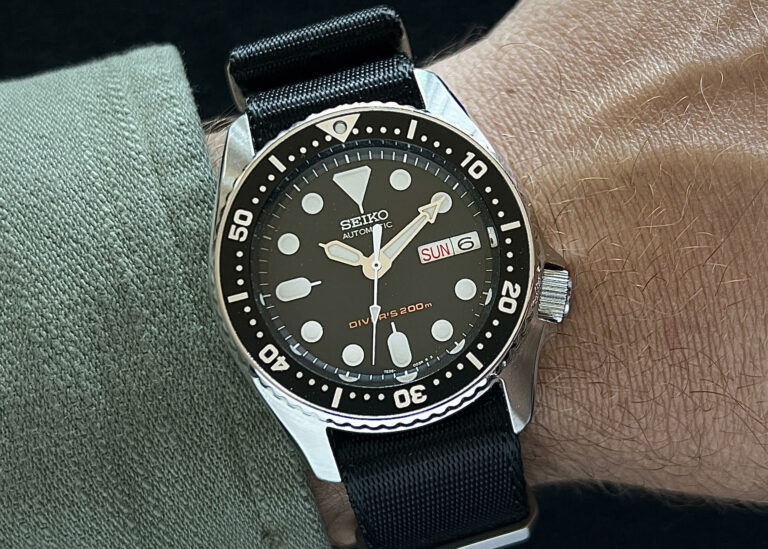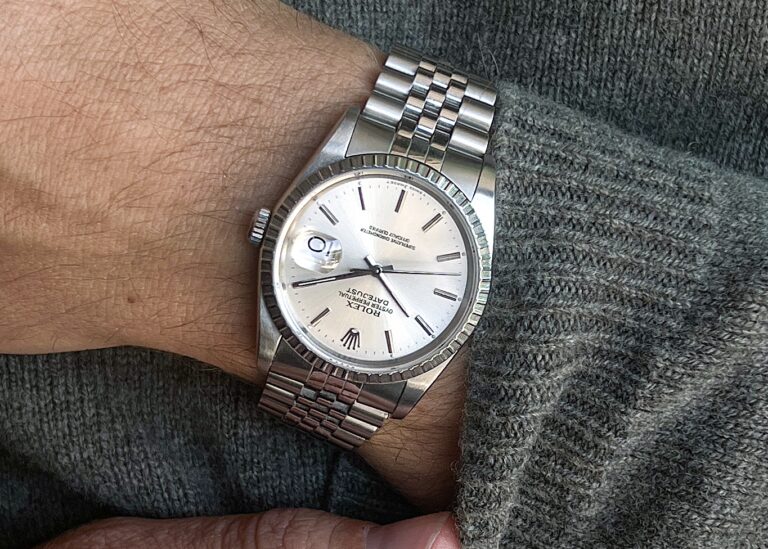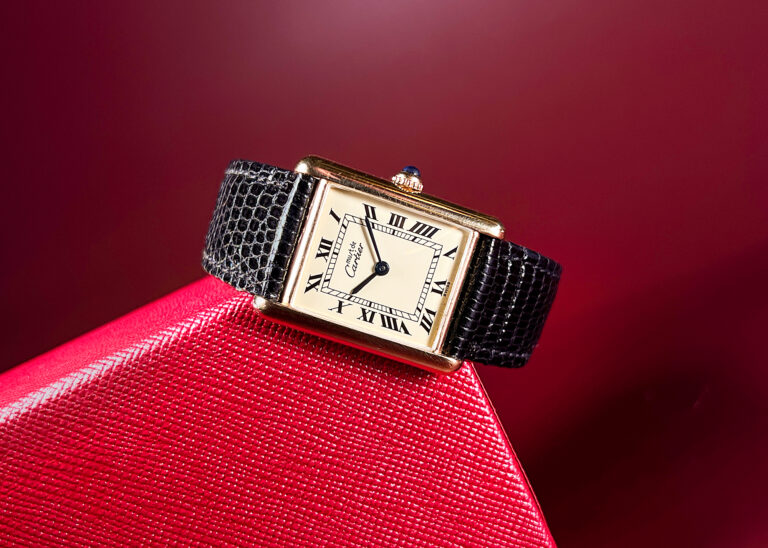The Evolution of the First Wristwatch
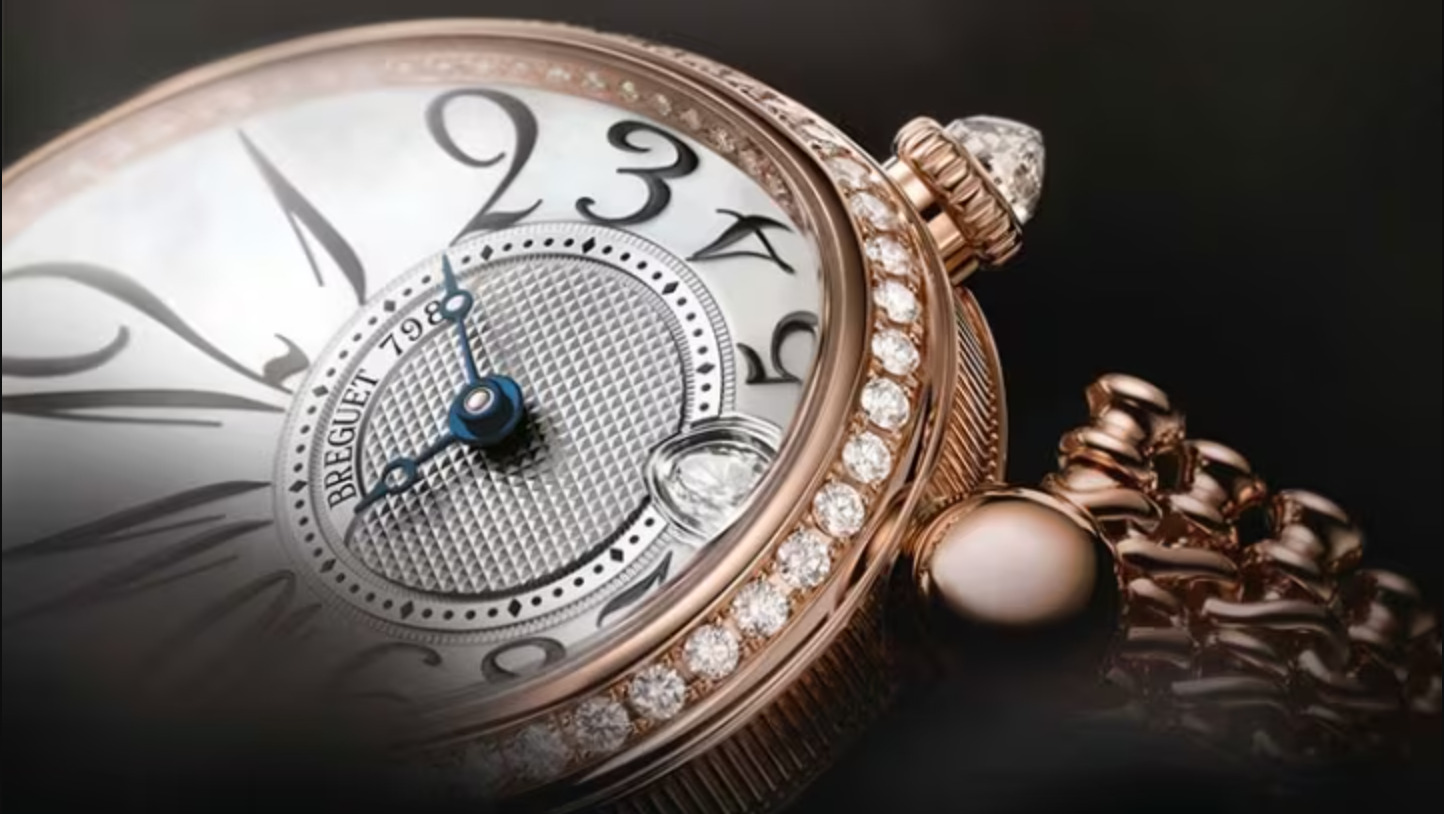
We’ve measured time for thousands of years, from dials tracing the path of the sun to water clocks to candles designed to burn at precise rates. When did the first wristwatch come on the scene?
Ancient Origins: Pioneering Pocket Watches

Before the first wristwatch emerged, the pocketwatch reigned supreme as the defacto mechanism for timekeeping. In the 16th century, pocket watches were typically accessories owned exclusively by the wealthy. However, their bulky nature made them relatively cumbersome and impractical by today’s standards.
The “Queen of Naples”: The First Wristwatch
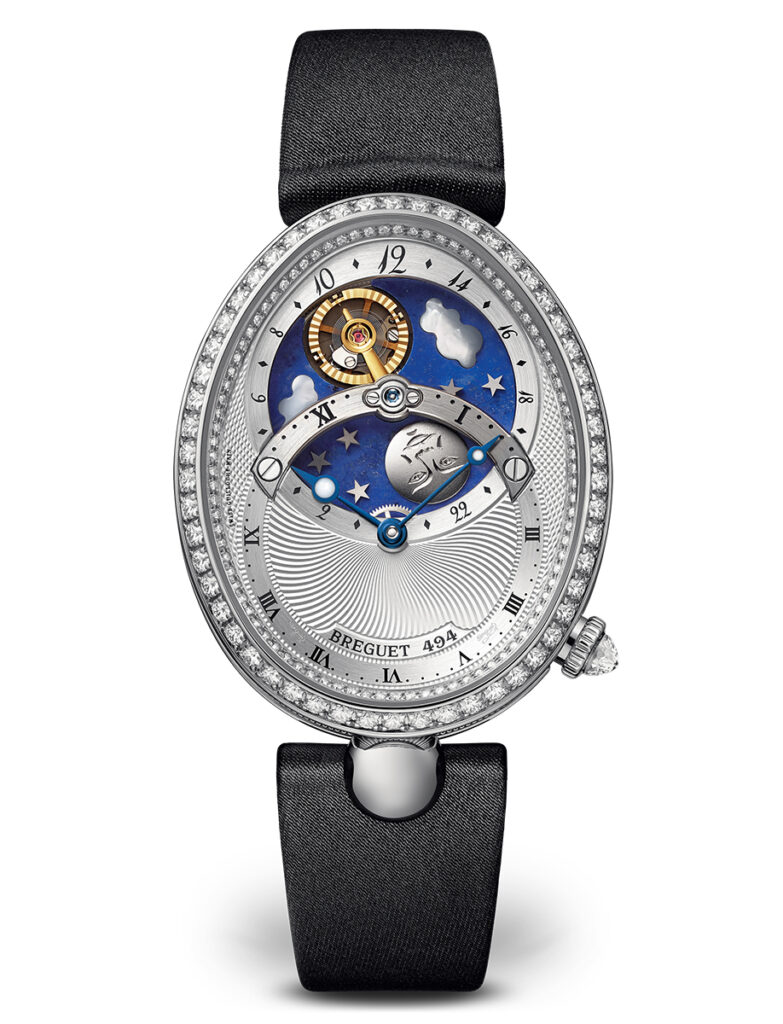
In 1810, Abraham-Louis Breguet, a distinguished watchmaker, created a wristwatch upon request from Caroline Murat, Queen of Naples. This piece, known as the “Queen of Naples,” is frequently referenced to be the first wristwatch. The watch was ultra-thin, oblong in shape, equipped with a thermometer, and mounted on a wristlet of hair entwined with gold thread.
Wartime Innovation: Wristwatches in World War I
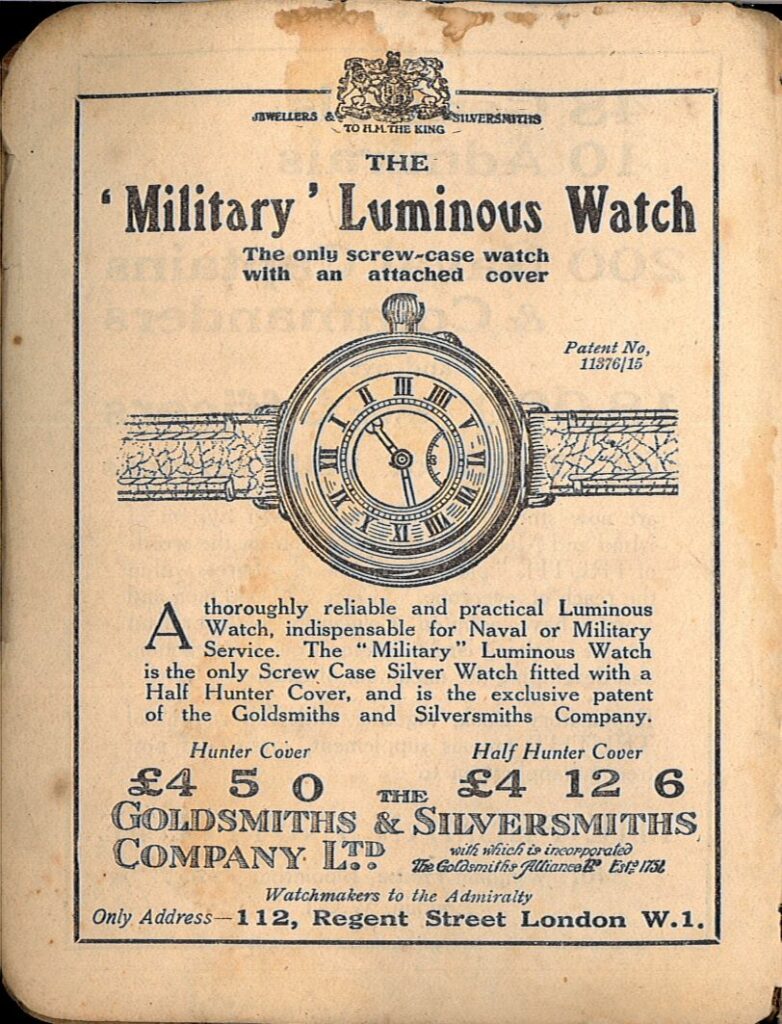
A major turning point for the widespread use of wristwatches came during World War I. Soldiers on the battlefield found that wristwatches provided quick access to time without the need to fumble around for a pocket watch. The first watch that somebody adapted to wear on a wrist is unknown, however, during World War I numerous companies, including Omega, Longines, Elgin, and Rolex produced wristwatches for the military. After the war, the soldiers who wore wristwatches on the battlefield continued using them when they returned to civilian life, and they gradually gained widespread popularity.
The Santos-Dumont Connection: Aviator’s Influence
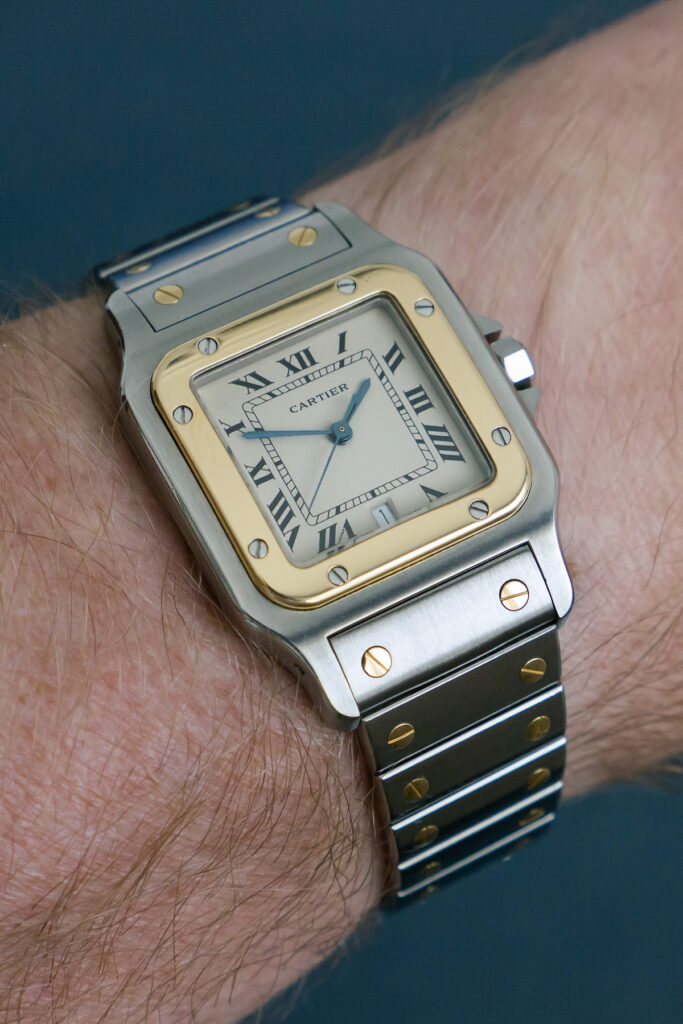
Alberto Santos-Dumont, an early aviator, expressed frustration with fumbling for a pocket watch while navigating his aircraft. In 1904, he collaborated with Louis Cartier to create the first wristwatch specifically designed for pilots. Dubbed the Santos, the watch allowed Alberto’s hands to remain free for controls while flying. To this day, the Santos remains a staple of the Cartier lineup.
Mass Production and Popularization: The Rolex Oyster
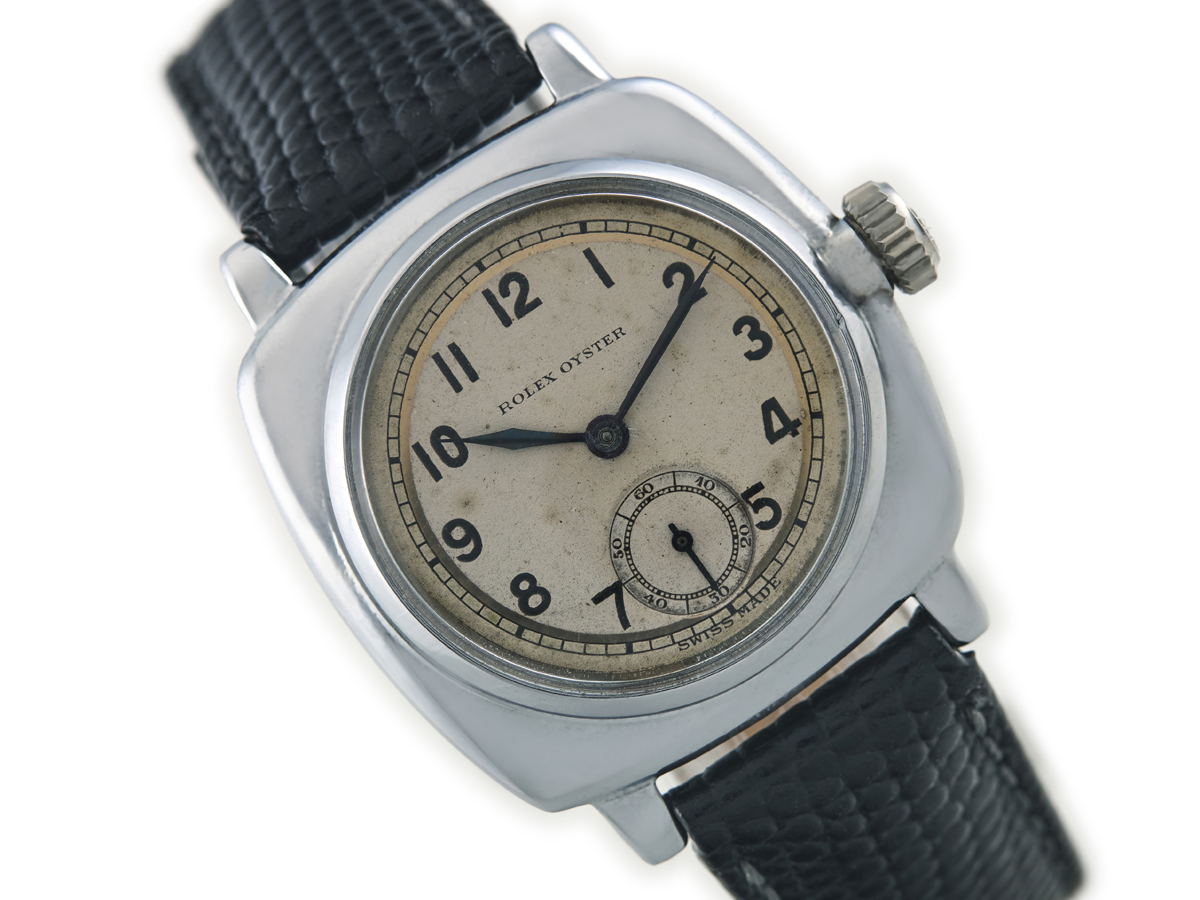
In the 1920s Rolex made history with the introduction of the Rolex Oyster. The Oyster, featuring a case that was resistant to dust and water, transformed the wristwatch from a delicate accessory into a convenient timekeeper. Marketed as the “Wonder Watch the Defies the Elements”, the Oyster was a smash success and cemented Rolex’s place in horological history.
Conclusion
From its beginnings as rugged military tools to the elegant accessories we know today, wristwatches have carved their place in history. Today, even as technology has evolved to provide us with a variety of ways to tell time, the wristwatch continues to avoid obsolescence, not only as a timekeeper but as an expression of personal style.

